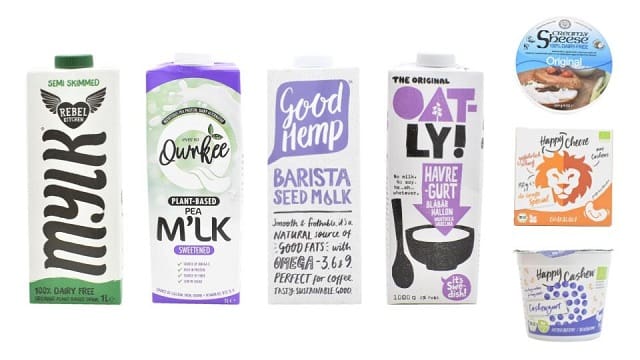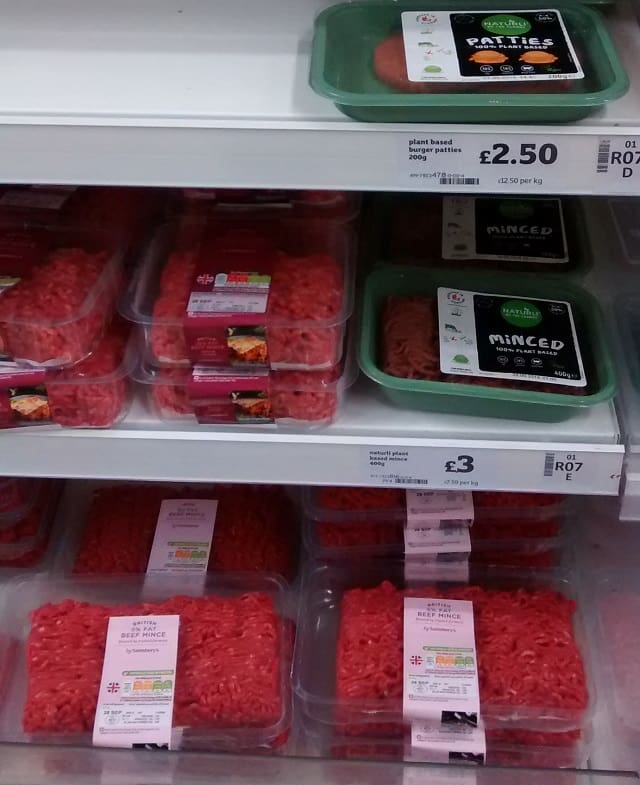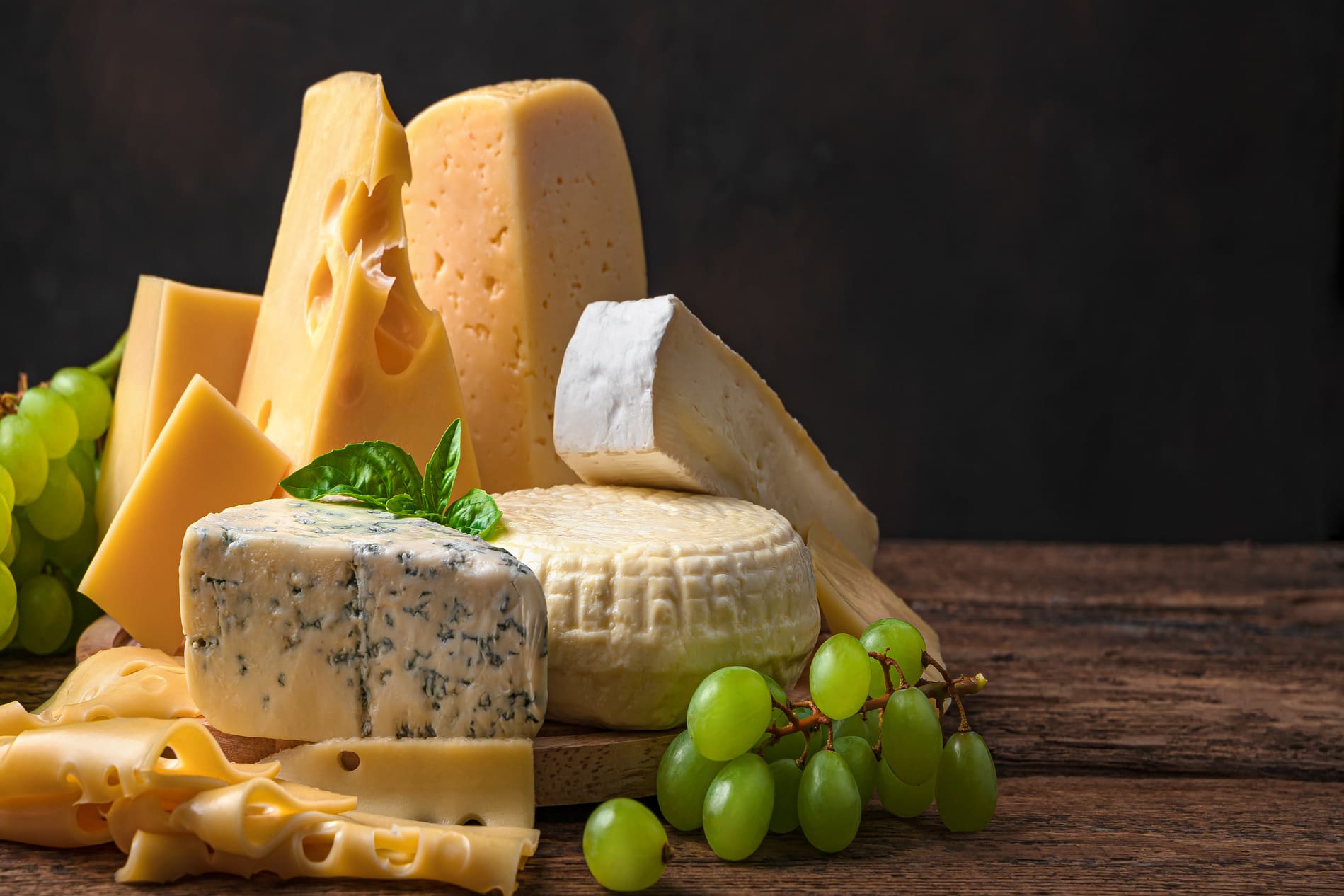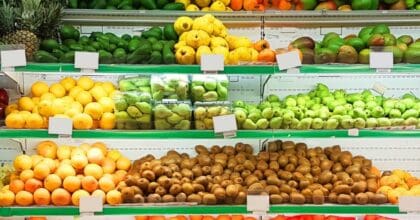What’s in a name? The fast-growing meat substitute market may soon face this question as meat-related terms and names could be banned for veggie alternatives, following a vote from the EU’s Agriculture Committee’s in early April. Terms such as steak, sausage, escalope, burger and hamburger will no longer be allowed for vegetable-based products, if the measures pass the next stages. However, they still face a vote by the full parliament, then need to be put to member states and the European commission.
Upping the likelihood of approval is a similar ban on the use of dairy product names such as milk, cheese or yogurt for plant-based products which came into force in June 2017. Given this precedent, what can meat substitutes learn from dairy alternatives?
Misspelling, for one thing. Brand and product names like Mylk, M’lk and molk, as well as Cashewgurt and havregurt (from the Swedish havre, meaning oat), and Happy Cheeze and Sheese are among the many looking to create playful associations with the long-standing dairy-based products.
Is linking to an established product name a good idea?
Managing taste expectations is a central tenet of a new food’s journey to becoming a basket staple. Forging associations with established products can help new entrants paint a picture for shoppers of what they offer, creating a sense of familiarity.
However, this also sets stronger expectations for the new entrant to offer a similar experience to the benchmark it references. While moving away from the name of the meat product disrupts the comparison, it can work in the alternatives’ favour. This can open the door for challengers to encourage consumers to assess them as products based on their own strengths, rather than their ability to replicate the experience of the meat-based ‘real thing’.
In fact, a product’s descriptive name is arguably not as all-important as we might first think. A raft of other cues make up much of the shopping experience. The look of the product, the packaging and its location in-store all add together to create the overall perception of what shoppers take a product to offer. Placing plant-based mince next to beef mince or pulled oats next to pulled pork gives a clear indication to shoppers of where these products will fit in their favourite recipes and on their plate.
Instilling shoppers with confidence in how to use products is key. Feeling unsure how to cook or prepare new cuisines is the biggest barrier for trying new world cuisines at home – the same undoubtedly also applies to new types of products like meat alternatives.










































